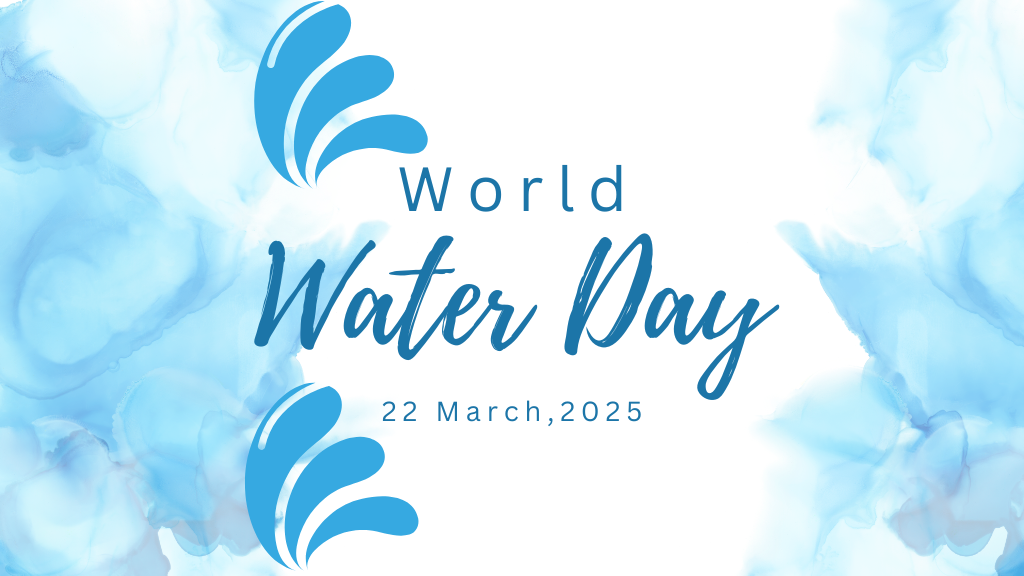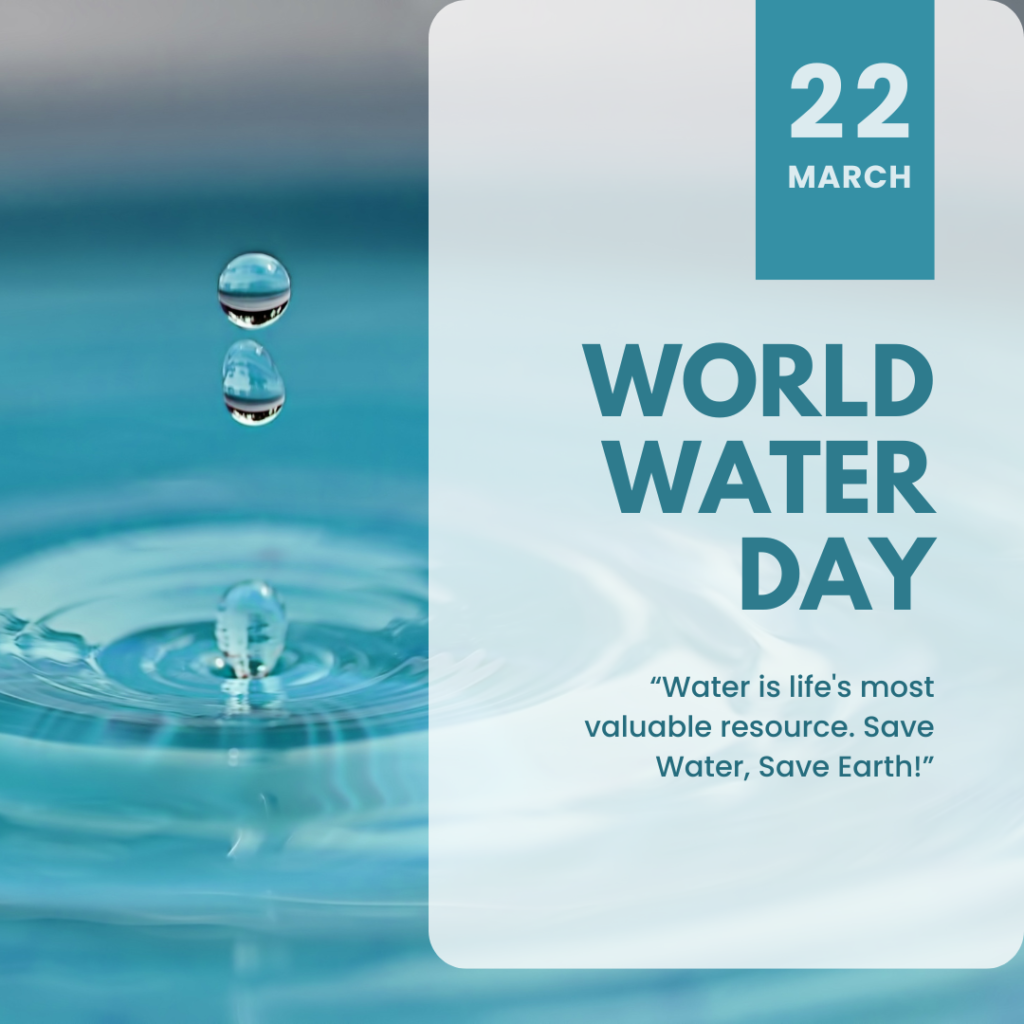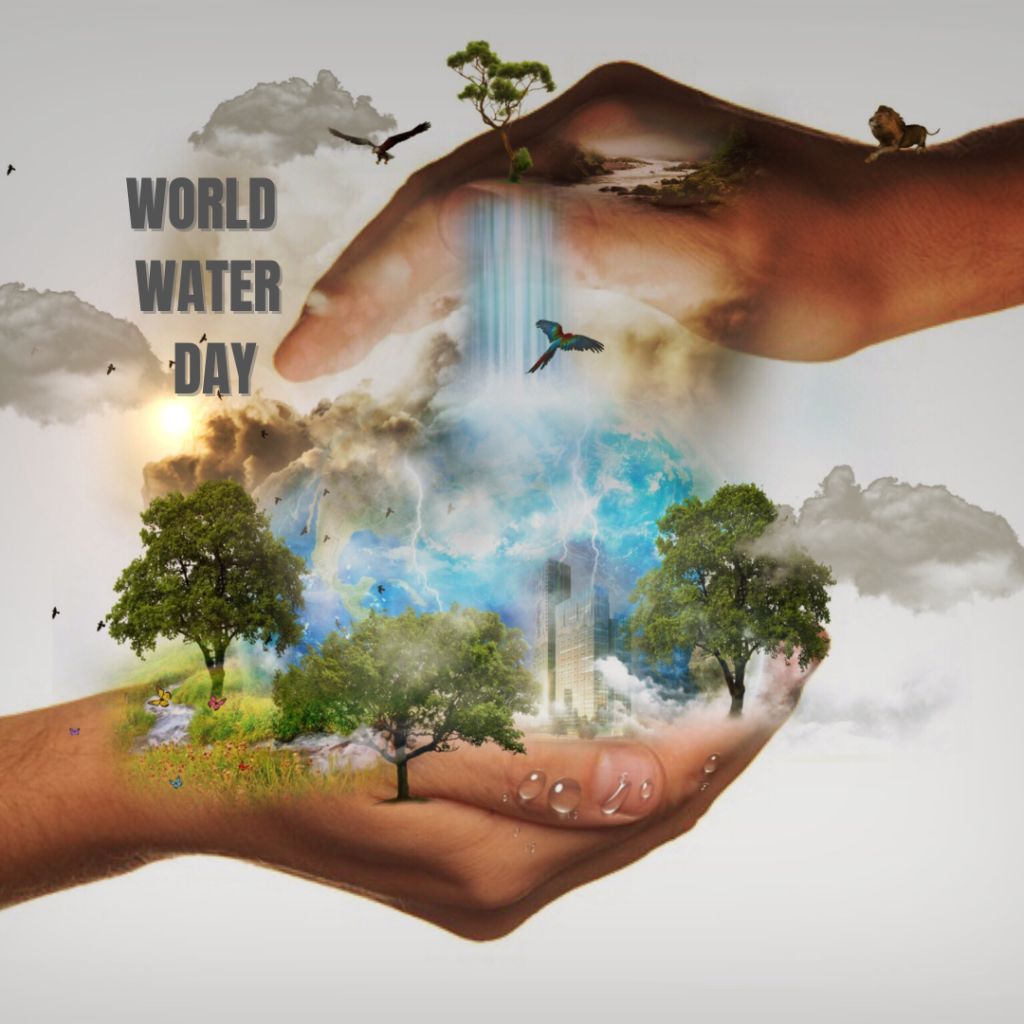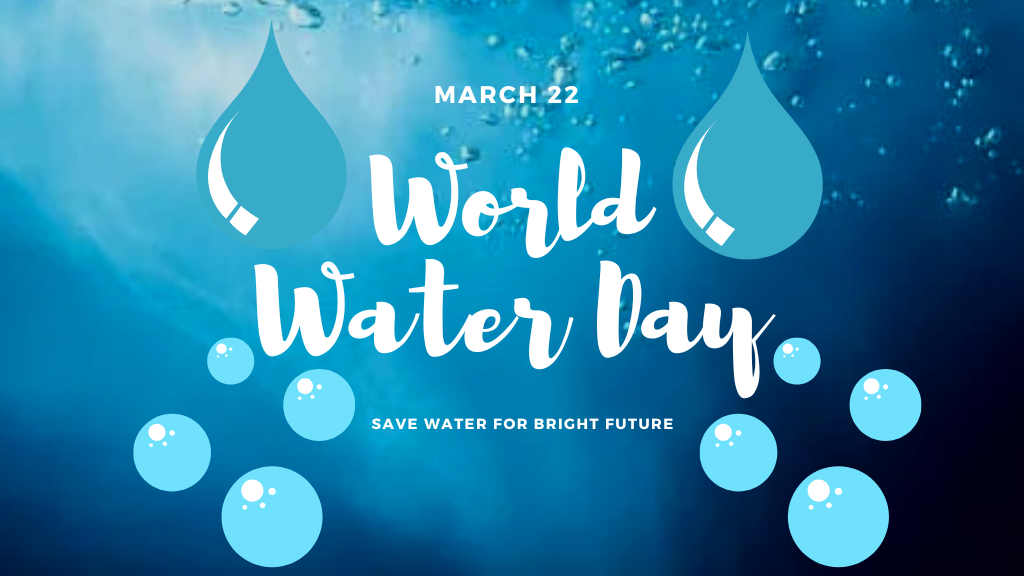World Water Day 2025: Water is the lifeblood of our planet. It flows through our veins, nourishes our crops, and sustains the ecosystems that make our planet habitable, yet millions of people around the world are silently facing a growing crisis. The invisible water crisis is not just about scarcity; it is about access to water, pollution, inequality, and a systemic failure to treat water as the precious resource it truly is.
Recognising its vital importance, Every year on March 22, World Water Day is observed to raise awareness about the need for sustainable management of water resources.
World Water Day 2025: History
World Water Day was established in 1992 during the United Nations Conference on Environment and Development in Rio de Janeiro. Following the conference, officially designating March 22 as World Water Day. The first World Water Day was celebrated in 1993, and it has been observed ever since then, World Water Day has been celebrated yearly.

World Water Day 2025 Theme
The theme of World Water Day 2025 is ‘Glacier Preservation’, emphasising the critical role glaciers play in supplying freshwater, regulating the Earth’s climate, and sustaining life.
World Water Day 2025: The Invisible Crisis
Water crises are often described as “silent” because they do not always manifest themselves dramatically. From the slums of major cities to rural villages, people are forced to live with unsafe drinking water or travel long distances to fetch clean water.
According to the World Health Organization (WHO), around 2.2 billion people worldwide lack access to safely managed drinking water. This means that every day, millions of people – often women and children – walk miles to fetch water from contaminated sources. The water they bring home is often unsafe, leading to diseases such as cholera, dysentery and typhoid. In fact, waterborne illnesses claim more lives annually than all forms of violence, including war.

Yet water crises are not limited to developing countries. Even in wealthy countries, water stress is becoming increasingly common. Droughts, over-extraction of groundwater and aging infrastructure are putting enormous pressure on water resources. For example, California has faced severe droughts in recent years, forcing residents to ration water and farmers to abandon their fields. Similarly, cities like Cape Town in South Africa have come dangerously close to “Day Zero,” the day taps run dry.
Root Causes of Water Crisis
To address the water crisis, we must first understand its root causes. To understand why there is such a water crisis, we need to understand its root causes. At its core, the crisis is caused by a complex interaction of factors, including climate change, overpopulation, poor water management, and pollution.
1. Climate Change
Climate change is exacerbating water scarcity by altering rainfall patterns and increasing the frequency of extreme weather events. Some regions are experiencing prolonged droughts, while others are facing severe floods. Both situations are disrupting the availability of clean water. For example, Himalayan glaciers that feed major rivers like the Ganges and Yangtze are melting at an alarming rate, threatening water supplies for millions of people.
2. Population growth and urbanization
Excessive population growth is one of the main causes of water shortages. Rapid urbanization compounds the problem, as cities struggle to provide adequate water and sanitation services for their growing populations. In many developing countries, informal settlements lack access to clean water at all, forcing residents to rely on expensive and unsafe alternatives.
3. Poor water management
Inefficient water management practices are a significant contributor to this crisis. In many parts of the world, water is wasted through leaky pipes, unsustainable farming practices, and overuse. For example, agriculture accounts for about 70% of global water use, yet much of it is wasted due to inefficient irrigation systems. Similarly, industries use their dirty factories to deplete local water sources and pollute rivers and lakes.
4. Pollution by industrial waste
Water pollution is another important problem. Industrial waste, agricultural runoff, pesticide use, and untreated sewage are polluting freshwater sources at an alarming rate. In developing countries, where regulations are often lax, factories discharge toxic chemicals into rivers, and also dump them into rivers, ponds, or lakes, rendering the water unfit for use. Even in developed countries, old infrastructure can cause pollution.

The Role of Policy and Innovation
Addressing the water crisis requires a multi-pronged approach combining innovation, policy reform and community engagement. Here are some key strategies:
1. Invest in infrastructure
Improving water infrastructure is essential to ensuring access to clean water. Governments need to prioritize investment in water infrastructure, so that both urban and rural communities have access to clean water. This includes repairing leaking pipes, building efficient irrigation systems and developing wastewater treatment facilities.
2. Promote sustainable practices
Agriculture and industry need to adopt more sustainable water use practices. Advances in desalination technology, rainwater harvesting and water recycling are providing new ways to expand existing resources that can reduce waste.
3. Use technology
Technology Digital tools can play a key role in addressing the water crisis. For example, smart water meters can help households and businesses monitor their usage and detect leaks. Desalination and water purification technologies can provide alternative sources of clean water, especially in arid regions.
4. Raising awareness
Public awareness is key to driving change. Educating communities about the importance of water conservation and hygiene can empower individuals to take action. Campaigns like the UN’s World Water Day are a step in the right direction, but much more needs to be done to make the water crisis a global priority.
The silent thirst of millions is a stark reminder of our shared humanity. It is not just about water scarcity but about access, contamination, and inequity. Yet, for too many people, this right remains out of reach. As the global population grows and climate change intensifies, the water crisis will only worsen unless we act now.Only through a united effort can we quench this silent thirst and build a future where no one is left struggling for something as fundamental as a glass of clean water.

